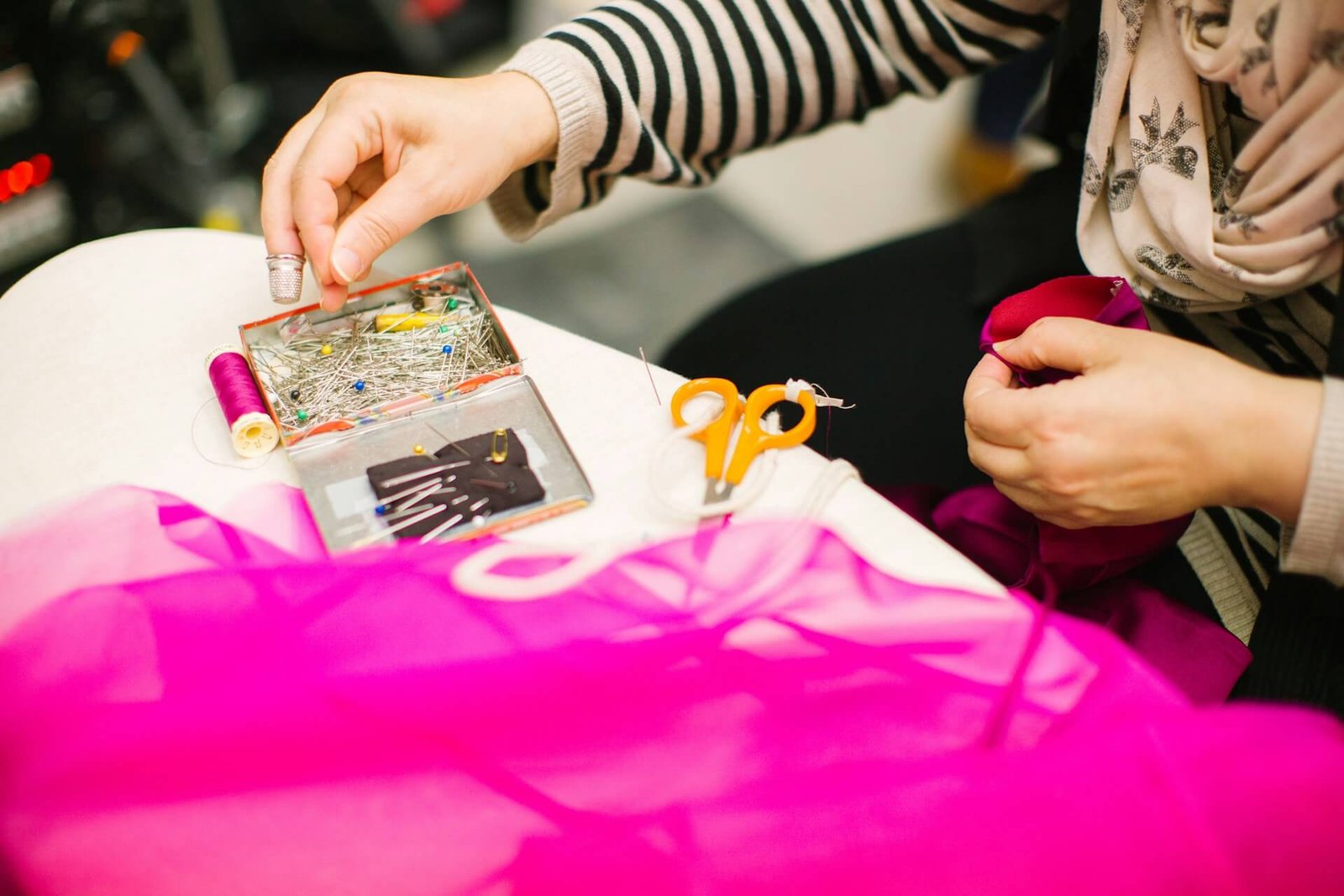Outsourcing clothing manufacturing & outsourcing clothing production can be a strategic decision for businesses looking to leverage external expertise, reduce costs, or access specialized resources. Here are steps to consider when outsourcing clothing manufacturing:
- Define your requirements: Clearly outline your manufacturing needs, including the type of clothing, quantity, quality standards, and any specific design or material requirements. This will help you communicate effectively with potential manufacturing partners.
- Research potential manufacturing partners: Look for clothing manufacturers that align with your needs and requirements. Research their capabilities, experience, reputation, and production capacity. Consider factors such as location, production costs, ethical practices, and quality control processes.
- Using Sourcing Agents: If you find it difficult to outsourcing directly to a clothing factory, use a apparel sourcing agent, who will take care the outsourcing role on behalf of you.
- Request for proposals (RFP): Prepare a detailed RFP document outlining your project requirements, expected deliverables, timelines, and any other essential information. Send this document to the selected clothing manufacturers to obtain quotes, proposals, and additional information.
- Evaluate and compare proposals: Review the received proposals from clothing manufacturers and evaluate them based on factors like price, production capabilities, quality control measures, lead times, and reliability. Consider visiting or requesting samples from shortlisted manufacturers to assess their product quality firsthand.
- Conduct due diligence: Before finalizing a manufacturing partner, conduct thorough due diligence. This may include checking references, visiting their facilities if feasible, and verifying their certifications, compliance with labor standards, and production processes.
- Negotiate contracts: Once you have selected a clothing manufacturer, negotiate the terms and conditions of the manufacturing agreement. This includes pricing, payment terms, production timelines, intellectual property rights, quality control measures, and any other specific requirements.
- Start with a pilot run: It’s often advisable to start with a smaller production run as a pilot to evaluate the manufacturer’s capabilities, communication, and overall compatibility. This allows you to identify and address any issues before proceeding to larger-scale production.
- Maintain effective communication: Establish open lines of communication with your manufacturing partner. Regularly communicate your expectations, provide clear instructions, and address any concerns or issues promptly to ensure a smooth manufacturing process.
- Quality control and production oversight: Implement quality control measures throughout the manufacturing process to ensure that the final products meet your standards. This may involve periodic inspections, product testing, and regular communication with the manufacturer.
- Logistics and shipping: Coordinate with the manufacturer to arrange logistics and shipping for the manufactured clothing. Determine the most cost-effective and efficient methods of transportation and ensure compliance with any import/export regulations.
- Build a long-term relationship: If the initial collaboration with outsource clothing manufacturers is successful, consider fostering a long-term relationship with the clothing manufacturer. Building a strong partnership can lead to improved efficiency, better product development, and mutual growth opportunities.
Remember that outsourcing clothing production requires thorough research, due diligence of the clothing manufacturers and ongoing management to ensure successful collaboration and the production of high-quality clothing products.




